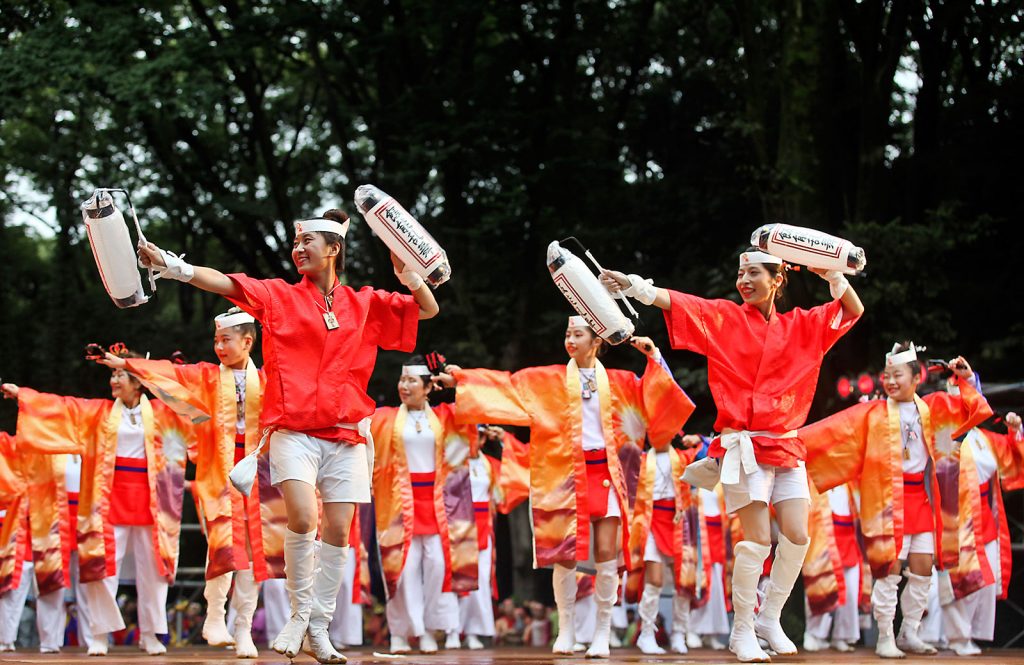As the name suggests, Culture Day is dedicated to all things “culture-related”, namely the arts, science and academic achievement. It was first observed in 1948, to celebrate Japan’s Peace Constitution, which was created on 3rd November 1946, declaring pacifism, sovereignty and peace.
Since then, Culture Day (Bunka no Hi or 文化の日) is celebrated on the same date every year. Although, If the 3rd November falls on a Saturday or Sunday, then the public holiday is moved to the next Monday.
Interestingly, this date was once a national holiday dedicated to the birthday of the Meiji Emperor who ruled from 1852 to 1912 but these holidays are unrelated.

What Exactly is ‘Culture’?
The word ‘culture’ means different things to different people, but there are generally two main ways to categorise it:
- The arts (art, music and literature)
- Way of life (language, attitudes, beliefs etc.)
For those of us who aren’t native to Japan, the second definition may seem more relevant than the first, but Culture Day is mostly dedicated to the arts.
Did you know…?
The Japanese characters for culture are comprised of: 文 (bun) meaning “composition” or “literary arts”, and 化 (ka) meaning “change” or “transformation”. Taking the characters quite literally, culture could also be thought of as “changing composition”, which seems apt as culture evolves over time.
How is Culture Day Celebrated?
Around the country, both the local and prefectural governments use this day to hold art exhibitions, award ceremonies, and parades. One of the most famous is Hakone Damiyo Gyoretsu (箱根大名行列), the Feudal Lord’s Parade, which illustrates cultural aspects of the Edo period through costume and music.
The most famous accolade granted on this day is the Award Ceremony for the Order of Culture. Which has been held on Culture Day at the Imperial Palace in Tokyo since 1937. This honour is granted to individual(s) who is/are deemed to have significantly progressed not only Japanese culture, but culture in general. It follows that the award is not only reserved for Japanese citizens, it has also been presented to the astronauts of Apollo 11 amongst others.
How to Appreciate Japanese Culture in Tokyo
- Visit a museum or gallery. Most of them provide free admission on Culture Day. The Edo-Tokyo Museum (Sumida), National Science Museum (Ueno) and the Mori Art Museum (Roppongi) are all good choices. Or, if you haven’t visited the Studio Ghibli museum by now, then you can book tickets at a LAWSONS Convenience Store (new tickets added on the 10th of each month).
- Head to Tokyo’s oldest district, Asakusa.
- Book or attend a music, art or language lesson. Boost your creative talents with a new hobby.
- Visit Meiji-Jinju for the traditional music and Noh performances which held today at this Shibuya Shrine.
- Explore a Japanese-style garden. With only three rainy days on record between 1965 and 1996, 3rd November is statistically one of the sunniest days of the year! Some recommendations are Rikugien (Komagome), Hama Rikyu (Shimbashi) or Kiyosumi Teien (Kiyosumi-Shirakawa).
Are you interested in learning more about the Japanese language and culture? Check out our full time and part time courses!
Coto Japanese Academy is a unique Japanese Language School in Iidabashi Tokyo. We offer relaxed and fun conversational lessons for all levels of Japanese learner. Coto Japanese Academy prides itself on its community atmosphere and fun lessons that focus on creation of opportunities to speak and learn Japanese. If you are interested in studying Japanese in Tokyo, please visit our contact page.